When you’re out on the trail, you end up coming across some pretty big obstacles. Learning how to tackle hills is a big part of riding ATVs in the wilderness. After a good amount of practice, you will eventually be able to tackle big hills without even slowing down to think about it. Here are some tips I’ve put together to help you take on that big hill in your way.
As you start heading toward a big hill you want to climb, try getting your speed up. It’s important to have enough momentum to take you all the way to the top of the hill. Sometimes that’s not possible, but if you have even a small straight away or wide corner, take advantage. Get on that throttle and get some momentum behind you as you start the climb.
You have to be smooth with the clutch and shift at the right time. If you don’t shift correctly at the right times it could slow your speed and momentum and you won’t make it to the top. Shift too early, and you won’t have the power needed to continue the climb. This is even more important in deeper soil, which is already working against you as it is.
You have to pay attention to your throttle control. Nice and smooth like you did with the clutch. You need to give the ATV gas to get up the hill, but a burst of throttle will cause your tires to slip, and you won’t make it to the top. Not enough throttle, and you’ll bog down. Losing speed and momentum will end a hill climb quick.
This is an important one to get good at. If you don’t position yourself correctly on the quad, you could end up tipping over or falling of your ATV.
You want to lean forward on your quad in a standing position. The upper part of your body may even need to be over the handle bars. Standing and leaning forward will give you some forward momentum. But more importantly, it will help keep your front tires on the ground. Depending on how steep the incline is determines how much you should be leaning. It’s one of those things you get a feel for the more you do it.
A lot of riders I notice will look at the ground just in front of their quad when they first try to climb a hill. Although it feels natural, try not to do this. If you already know the terrain, then great. But if you’re not looking ahead, you could miss other obstacles on the hill like roots, ruts, or rocks. You don’t want to be taken by surprise, it could ruin your hill climb, and put you in danger. Always look up the hill in the path you are heading, and be ready to make any changes to your course if you need to.
Have your line picked out before you start your climb. Knowing what path you’re going to take will help you out a lot. It can ease some of the nerves too, if you’re new to climbing hills on a quad. It can go badly very fast if you get half way up a hill only to find a rut or steep incline you weren’t prepared for. Victory loves preparation.
Pick a path you know you can make. Know your limits, be safe, and don’t try anything you’re not ready for.
If things start heading south on you and you don’t think you’ll make the climb, you need to know how to turn around without tipping over. The earlier you can tell if you’ll make it or not, the better. If at all possible, find the widest area you can to turn around in. You want to make sure your ATV has enough room to make the turn.
The earlier you can tell if you’ll make it or not, the better. If at all possible, find the widest area you can to turn around in. You want to make sure your ATV has enough room to make the turn.
In this case, it’s best to dismount the ATV to turn around. When you get off your quad, make sure you hold the front brake and get off on the upside of the hill. That way if your quad takes a tumble you’re not in the way. Now that you’re off, you can steer the quad to one side or the other until perpendicular with the trail. Now you can turn the handle bars facing down hill and get back on.
If the terrain is too steep, or you feel uncomfortable turning around on a hill. You could always hop off the same way and walk your quad down backwards the way you came up. Use the front brake to slow the ATV down as you bring it back down the hill.
I’ve been able to stay on the ATV and roll back down a hill I failed to climb before. If you run out of momentum just simply continue leaning forward, get into neutral, and slowly roll back down the hill using the front brake. It’s not as safe as getting off the machine, but on hills that aren’t very steep or dangerous, it will work.
It’s not as safe as getting off the machine, but on hills that aren’t very steep or dangerous, it will work.
Safety first when trying new tricks or hill climbs for the first time. Having the right gear on could save your life if something ever did happen. ATV trail riding is generally pretty safe, but accidents do happen. Make sure you at least have on a helmet and goggles when you’re out riding. For hill climbing, I would even recommend a chest protector and riding boots as well, because of the potential for the machine to roll on top of you and crush you.
To check out some great safety gear options, visit the Recommended Gear section of this site.
Sharing is caring!
Upload
The old Honda Was Eatin' Good! #ATV #HillClimb #FullSend #FYP #ForYou #ForYouPage
6. 5K Likes, 128 Comments. TikTok video from user3788395238602 (@toppedout): "The old Honda Was Eatin' Good! #ATV #HillClimb #FullSend #FYP #ForYou #ForYouPage". original sound.
5K Likes, 128 Comments. TikTok video from user3788395238602 (@toppedout): "The old Honda Was Eatin' Good! #ATV #HillClimb #FullSend #FYP #ForYou #ForYouPage". original sound.
102.8K views|
atv climbing bif fail#rzr #hil #atv #atv #4x4 #polarisrzr #climb
8.6K Likes, 122 Comments. TikTok video from Dan Sichitiu (@pro7days7): "atv climbing bif fail#rzr #hil #atv #atv #4x4 #polarisrzr #climb". sunet original.
332.3K views|
#quad #atv #hillclimb #gncc #atvlifestyle CAN HE MAKE IT, YES HE CAN!
2. 7K Likes, 36 Comments. TikTok video from atvuniverseofficial (@atvuniverseofficial): "#quad #atv #hillclimb #gncc #atvlifestyle CAN HE MAKE IT, YES HE CAN!". original sound.
7K Likes, 36 Comments. TikTok video from atvuniverseofficial (@atvuniverseofficial): "#quad #atv #hillclimb #gncc #atvlifestyle CAN HE MAKE IT, YES HE CAN!". original sound.
105.6K views|
Atv Hill Climb FAIL #atvfail #atvfails #atvrolledover
2.2K Likes, 11 Comments. TikTok video from Atv Adventure Vlog (@atvadventurevlog): "Atv Hill Climb FAIL #atvfail #atvfails #atvrolledover". Heart of Courage.
101.9K views|
Banshee passenger hill climb #bikelife #atv #yamaha #2stroke #power #wheelie #banshee #mud
692 Likes, 5 Comments.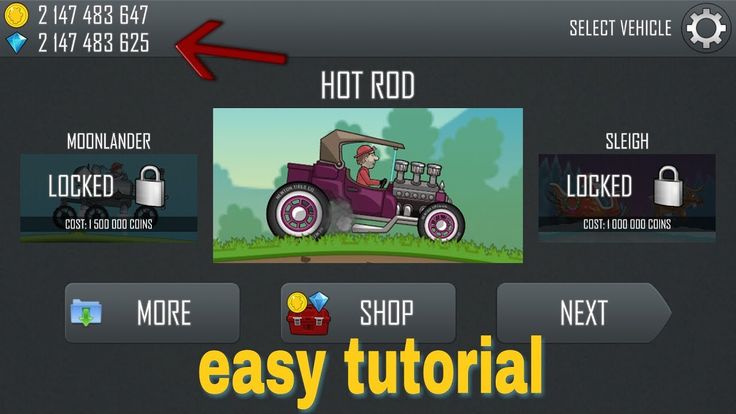 TikTok video from West Atco Racing (@westatcoracing): "Banshee passenger hill climb #bikelife #atv #yamaha #2stroke #power #wheelie #banshee #mud". original sound.
TikTok video from West Atco Racing (@westatcoracing): "Banshee passenger hill climb #bikelife #atv #yamaha #2stroke #power #wheelie #banshee #mud". original sound.
14.9K views|
Canam Renegade @luciantoader843 #profesor #extrem #atv #extrematv #fy #fyp #atvhillclimb #extreme #extremeatv #canam #canamrenegade @adrianborza12 @traianechim @ionutstan621096992
TikTok video from Atv Video Vlog (@atvvideovlog): "Canam Renegade @luciantoader843 #profesor #extrem #atv #extrematv #fy #fyp #atvhillclimb #extreme #extremeatv #canam #canamrenegade @adrianborza12 @traianechim @ionutstan621096992". Canam RENEGADE | @luciantoader. original sound.
Canam RENEGADE | @luciantoader. original sound.
5142 views|
#arcticcat #foryou #fy #done #climbing #everyday #bestrider #everyday #serbia #atvlifestyle #atv #fullcontrol #forest #blana
502 Likes, 6 Comments. TikTok video from Ionuț-Paul Angheluță (@ionutang40): "#arcticcat#foryou #fy #done #climbing #everyday #bestrider #everyday #serbia #atvlifestyle #atv #fullcontrol #forest#blana". #Rocket#Hill Climb Done🚀🚀🚀. Like A Boss.
7870 views|
ATV riding techniques could be the subject of a full book. In the same article, we want to reveal to you the basics of safe riding. At first glance, there is nothing complicated in driving ATVs - you just need to steer and enjoy riding.
In the same article, we want to reveal to you the basics of safe riding. At first glance, there is nothing complicated in driving ATVs - you just need to steer and enjoy riding.
When driving over bumps, for example, those of the "wave" type, the driver must change his position all the time. So, when approaching an obstacle, you must shift your body back, otherwise you can hit the obstacle with your wheels. When driving over a bump, you need to move the body back forward, thus preventing excessive separation of the front wheels, i.e. rearing up the ATV. Then, when the rear wheels come off the ground, you need to move back again, otherwise you can fall out of the saddle, hitting your knees on the steering wheel.

Moving in a straight line at low speeds (up to 40 km/h), you can afford to relax. But at higher speeds or when passing sharp turns and slopes, the driver must move very actively. Indeed, due to the high center of gravity, short wheelbase and small width, ATVs are very prone to rollovers. In addition, if the motorcycle flies separately from the motorcyclist during falls, then the ATV most often covers the driver. Therefore, in order for ATV riding not to end with serious injuries, it is necessary to study the driving rules and strictly follow them.
ATV rider's weight is an important factor that affects machine handling. By shifting their weight, the driver can unload or load the front or rear of the ATV, thus compensating for centrifugal forces.
By shifting their weight, the driver can unload or load the front or rear of the ATV, thus compensating for centrifugal forces.
The first rule you need to learn is that when riding an ATV, you need to relax your arms. When driving, the driver can always let go of his hands, because his legs are holding him in the saddle. As the speed increases, the load on the legs also increases.
Conventionally, three racks are distinguished. The middle stance is used when driving in a straight line without turning. When opening the gas, the body must be moved forward to unload the hands. Thus, the front strut is obtained. When braking and closing the gas, the body, on the contrary, must be moved back, i.e. take a back seat. By the way, the word "stand" comes from the word "stand", and this name is not accidental. When actively riding an ATV, you do not have to sit. Standing on an ATV lowers your center of gravity. After all, there is a huge difference between the weight on a high saddle and the weight on the footrests. And the effect of moving the body in a standing position is much greater than from fidgeting back and forth on the saddle.
And the effect of moving the body in a standing position is much greater than from fidgeting back and forth on the saddle.
When going through a turn on a motorcycle, it is tilted inward, thus struggling with centrifugal force. But you can't do that with a quad bike. Therefore, it is necessary to use the weight of the driver. The main rule here is to always transfer the weight inside the turn. Moreover, it is necessary not only to tilt your shoulders. It is necessary to hang the entire body, including the fifth point. Only the shin and knee hold on to the saddle. Of course, if you turn at minimum speed, then you can limit yourself to turning the steering wheel.
The correct stance is characterized by slightly bent knees, elbows set apart, and a slightly arched and relaxed back. Why not stand on straight legs or keep your back straight and tense? Because bent knees allow you to absorb shock coming from uneven terrain. By the way, the force of these blows is sometimes quite enough to knock the driver out of the saddle. A straight tense back under such conditions can lead to injury to the intervertebral discs and even a compression fracture of the spine. Yes, and the internal organs with the wrong fit will have a hard time.
By the way, the force of these blows is sometimes quite enough to knock the driver out of the saddle. A straight tense back under such conditions can lead to injury to the intervertebral discs and even a compression fracture of the spine. Yes, and the internal organs with the wrong fit will have a hard time.
Active ATV riding requires good physical shape. So, in quad schools, the duration of the lesson does not exceed an hour, and at the end of the lesson, students can literally be squeezed out. And riding an ATV off-road is also an activity worthy of training in the gym.
When riding non-sport ATVs, it is best to avoid jumping. Firstly, this way you can break the ATV. Secondly, in order to safely perform such tricks, the ATV motor must have high-torque and fast response to the throttle. If, nevertheless, the jump could not be avoided, then it is necessary to land in the middle stance, but be ready to move to the back. When the wheels touch the ground, you need to slightly open the gas.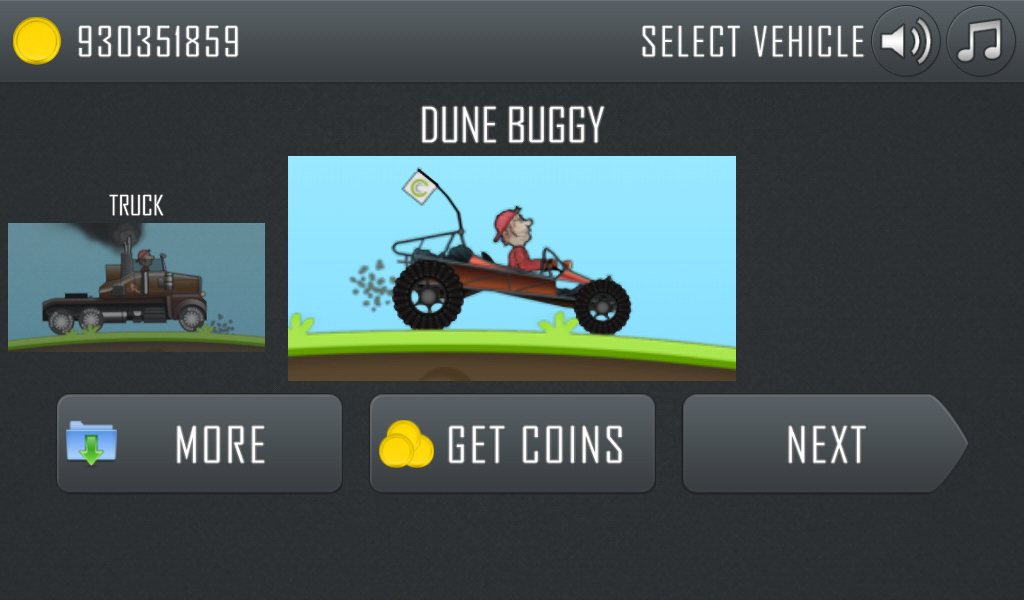 It is better not to use four-wheel drive when jumping.
It is better not to use four-wheel drive when jumping.
Every time you ride an ATV, you need to practice looking into the distance. This is necessary to develop the habit of evaluating the trajectory of movement in advance. Beginners often do not have time to track the road, and at some point they are not ready to perform adequate actions. And another, very predictable obstacle, can become a problem for them.
| When moving along a slope, it is necessary to move the body in the direction opposite to the slope. On the steepest sections, full overhang should be used, such as when cornering at speed.
|
Before you start climbing, you need to pick up speed. Then the resulting inertia will allow you to smoothly drive into the steepness. If you suddenly open the gas directly on the rise, the ATV may tip over. Climbing should be in the most forward stance and on medium gas. If the incline is too steep, the ATV may roll backward when the throttle is released. In this case, you should not brake with the front axle, not the rear. If the ATV starts to roll over, you can try to jump to the side, but this acrobatic stunt is unlikely to be successful.
If the driver moves his torso out of the turn, then his centrifugal forces will pull him to the outer radius, and in order to stay in the saddle, he will need to firmly grip the steering wheel. At the same time, the ATV will definitely try to roll over. To avoid such an unpleasant situation, it is always necessary to remember a simple rule - to shift the body only in the direction of rotation.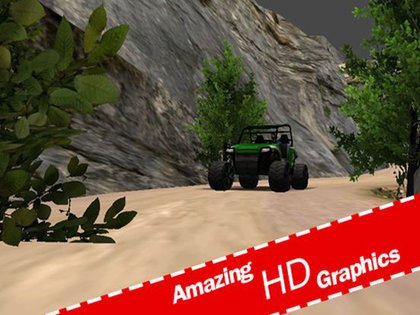 Those. if we turn to the left, then we shift the body to the left side, and vice versa.
Those. if we turn to the left, then we shift the body to the left side, and vice versa.
Descents must be made in the C-pillar. In this case, the arms must be extended and slightly bent at the elbows. There is no emphasis on the hands, you can even let them go, holding on with your feet. The steeper the descent, the more the driver must move the body back. The lower photos show the consequences of a descent in an incorrect landing. The main mistakes - the driver shifted the weight forward and pressed his hands to the body.
You agree that the maximum speed will be limited for safety reasons
Persons over 16 years old are allowed to drive ATVs.
The total load on the ATV must not exceed 150 kg.
While driving, the driver must hold the steering wheel firmly, the passenger must hold the special handles.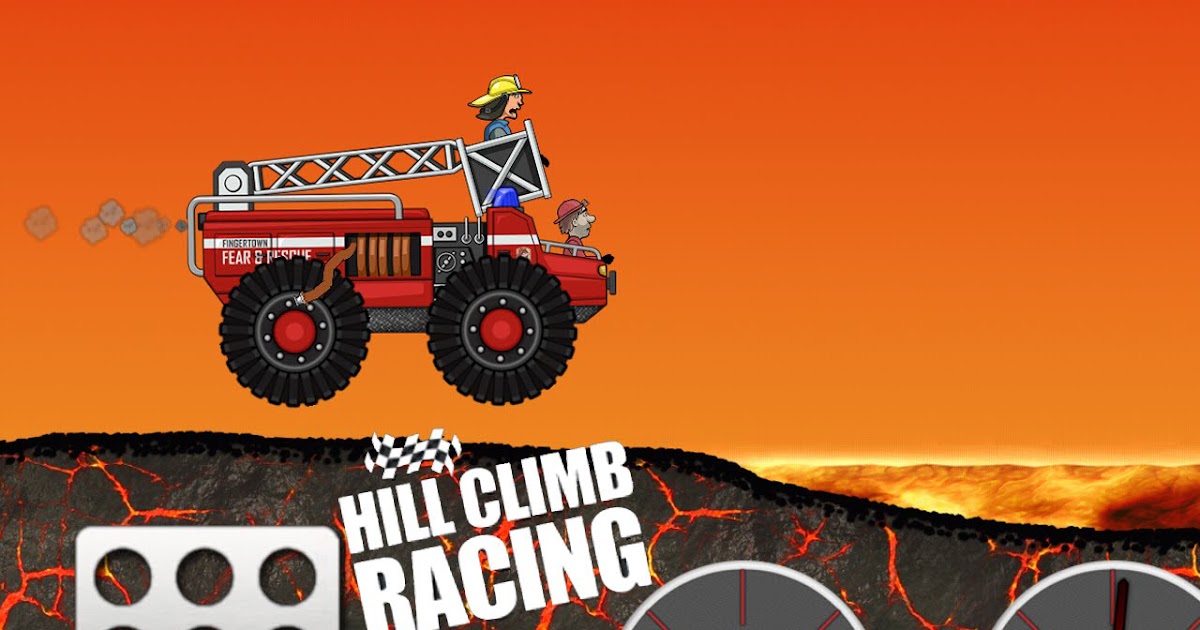
When cornering, move (tilt) the body in the direction of the turn.
When tilting the ATV, move (tilt) the body in the direction opposite to the slope.
Always keep your feet on the footrests when moving, even when leaning over.
We provide a free ATV driving instruction before you start using it.
If you notice fluid leaks and/or other problems, stop the engine immediately and inform your instructor.
If you detect the operation of warning signs on the instrument panel (during the initial briefing, you will be shown control devices that you should pay attention to throughout the trip), immediately turn off the engine and inform the instructor.
The ATV before and after the rental is checked in your presence for breakdowns and damages, after which the acceptance certificate is signed.
Ride on a quad bike, always wearing helmets only, protective suits are provided free of charge on request.
In the event of a breakdown or accident, inform the instructor or contact him by phone.
If the ATV is damaged due to your fault, you pay the cost of repairs and spare parts.
The time spent during the trip to fix problems that occurred through your fault is not compensated.
You must be instructed in how to operate the ATV before starting operation;
You agree to follow the speed limit set by the guide (instructor).
Do not succumb to the provocations of other citizens to participate in the race; clashes and other actions that can directly or indirectly cause damage to property and citizens;
Do not interfere with your actions or omissions to comply with these rules.
Drive onto highways and other public roads.
To tow other ATVs, or any other vehicles.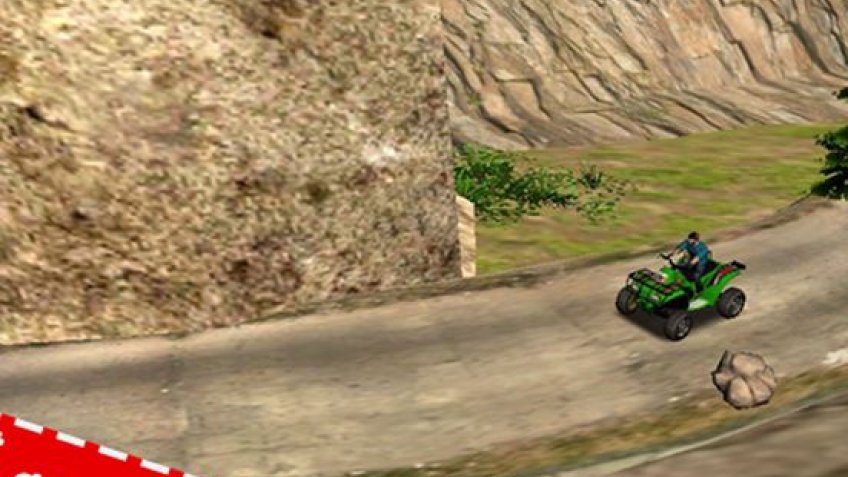
Leave ATV unattended.
Crossing deep water obstacles, driving over fires and areas with smoke or open flames is prohibited.
Gear shifting without stopping the machinery.
Drunk or drugged ATV riding.
Intentional collision with other ATVs.
Intentional collision with obstacles.
Provoking others to collide.
Overtake the instructor and ATVs in front.
Deliberately fall behind the convoy and then overtake the convoy at high speed.
Do not follow the instructions of the instructor.
Touch moving parts such as wheels, drive shafts, variator pulleys, etc.
Talk aggressively, use profanity, and do anything that might disturb the people around you.
• Do not operate the ATV without wearing a helmet of the correct size. It is also necessary to wear eye protection, (protective mask or goggles).
It is also necessary to wear eye protection, (protective mask or goggles).
• Do not consume alcohol or drugs before or while operating an ATV.
• Always follow the instructions and follow the Instructor's recommendations.
• Before each use, make sure the ATV is in good condition and safe to ride. Always follow the rules and recommendations for driving given in the instruction.
• Always use extreme caution and drive slowly when driving in unfamiliar terrain.
• Always keep both hands on the handlebars and both feet on the footrests while riding the ATV.
• Do not operate the ATV on uneven, slippery, damaged roads until you have learned and gained the practical skills necessary to control the ATV on such roads. Always be extremely careful when driving in such conditions.
• Do not operate the ATV on slopes that are too steep for the vehicle and for your experience. Practice on small descents before moving on to difficult ones.
• Always follow the appropriate instructions from the Instructor when entering the hill, check the road surface first, never enter the hill on a road that is too slippery or has a damaged surface. Shift your weight forward of the ATV, never suddenly open the throttle or change gears suddenly. Never drive up a hill at high speed.
Shift your weight forward of the ATV, never suddenly open the throttle or change gears suddenly. Never drive up a hill at high speed.
• Always follow the appropriate instructions from the Instructor when descending and braking on the hill. Inspect the road carefully before descending. Shift your weight back, never go down a hill at high speed. Avoid going downhill at an angle that could cause the ATV to lean to the side. Go straight down if possible.
• Always follow the appropriate Instructor instructions for crossing inclines. Avoid slides on excessively slippery or damaged surfaces. Shift your weight to the side of the lift. Never turn the ATV around on a hill until you have mastered the turning technique. On level ground, avoid crossing steep hills whenever possible.
• To prevent the engine from stalling and the vehicle from reversing when entering a hill, use the appropriate gear and maintain a steady speed. If the engine stalls or the vehicle reverses, follow the Instructor's specific instructions.
• Always check for obstacles in the road before operating the ATV in unfamiliar terrain. Never try to overcome large obstacles on the ATV, such as large rocks or fallen trees. Always follow the Instructor's specific instructions for overcoming obstacles.
• Be careful when skidding or skidding when practicing at low speed on a flat, smooth road. On extremely slippery surfaces such as ice, drive slowly and be very careful to reduce the risk of slipping or skidding.
• Start braking some time before stopping.
• Be aware that wet brakes reduce stopping power. Check your brakes after getting out of the water, if necessary, wait a while for the pads to dry out.
• Always be sure there are no obstacles or people behind you when you turn.
• Never exceed the ATV's stated load capacity. The load must be properly placed and securely attached.
• Never start the engine on a slope, as this may cause damage.
• Observe age guidelines: children under 16 are not allowed to ride an ATV. Do not allow a person who does not know how to operate the ATV in a safe manner to operate the ATV.
Do not allow a person who does not know how to operate the ATV in a safe manner to operate the ATV.
• Avoid riding the ATV on paved roads, including driveways, sidewalks, streets and parking lots.
• If you need to stop (frozen helmet glass, hands, etc.) do not wait for the group to stop. Raise your left hand up (stop signal for ATVs following you) and gently come to a stop.
The instructor has the right to stop the tour early in case of violation of these rules!!!
To prevent ATV riding from ending up in a long hospital room:
Do not drive too fast. A four-wheel drive ATV is not a car or a motorcycle. It doesn't respond as well to the driver as a car, it can't lean quickly into a corner like a motorcycle. Remember that when riding an ATV it is very easy to roll over on level ground or even crash into a tree at full speed. For example, if a stump comes across in a field under tall grass, the ATV can run into it, and then the rider will fly over the steering wheel, or at least hit it.
Never ride an ATV alone. It is best to ride with someone in a pair on two ATVs. There are a lot of situations when a partner is needed. For example, it is very difficult to put an overturned ATV on wheels, and if it covered you from above, then you won’t even be able to get out from under it alone. The second ATV can pull the first one out of the swamp or tow it to the camp in case of a breakdown.
When passing a difficult obstacle, it is better to get out of the saddle and, carefully working with the brake and accelerator, walk alongside. You should also not go too deep into the water - you can fill the motor.
Place both feet straight on the footrests and hands on the controls.
Start the engine, let it warm up. After that, holding the brake, engage the gear.
Select direction of travel.
Release the brake and slowly press the throttle with your right thumb to start moving.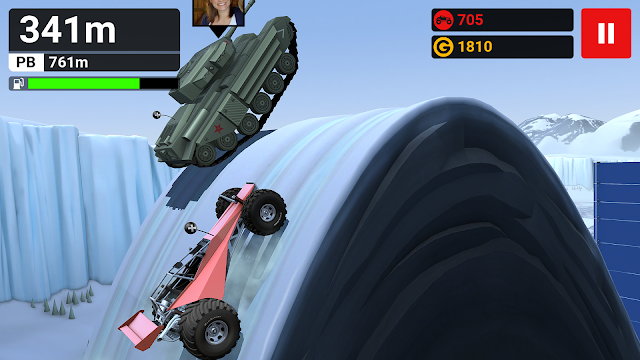 The speed of movement depends on how far the damper is open.
The speed of movement depends on how far the damper is open.
For starters, don't try to drive fast. It is better to learn how to maneuver, handle the brake system and throttle on level ground.
Turn the steering wheel in the desired direction. Tilt your upper body inward and rest your weight on the outside footboard. This will change the balance of traction between the wheels, and the turn will be made smoothly. Turns back are performed in the same way.
ATTENTION!!! ATVs are not designed to make sharp turns or turns at high speed!
If you must drive on slippery surfaces, drive as carefully as possible and strictly observe the following rules:
When entering a slippery surface, slow down.
Avoid sharp and sharp turns, or the ATV will skid.
When skidding, turn the steering wheel in the direction of the skid and shift your body weight forward. Never slow down during a skid.
Never slow down during a skid.
An all-wheel drive system can make driving on slippery surfaces much easier.
Climb up in a straight path.
ATVs are not designed to climb steep hills (over 25°).
When lifting, keep both feet on the footrests and shift your body weight forward.
Drive at a steady speed with the throttle open.
When ascending, be fully prepared for an emergency.
If the ATV has completely lost forward speed, raise yourself up and apply the front brake. If there is a complete stop, apply the rear brake as well, and then set the gear selector to park.
If the machine rolls backwards, it is necessary to get up and apply the front brake. After a complete stop, you can also apply the rear brake and move the gear selector to park mode.
ATTENTION!!! Crossing hills on an ATV is very dangerous! If possible, try to avoid hills when riding an ATV.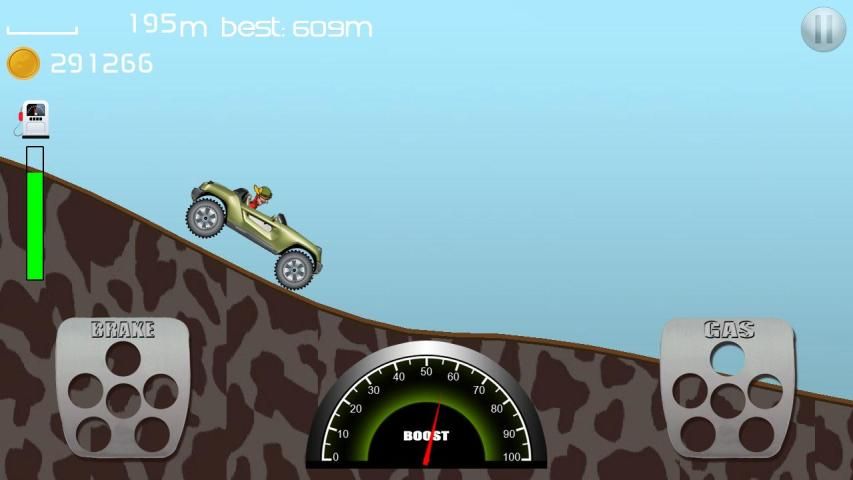 Any incorrect action while crossing a hill can cause serious injury, or even death!!!
Any incorrect action while crossing a hill can cause serious injury, or even death!!!
If you still need to cross a hill with an ATV, follow these rules:
Drive at low speed.
Tilt your torso towards the hill to transfer the weight of your upper body towards the slope. But be sure to keep your feet on the footboards.
In order not to lose direction, the machine must be steered slightly uphill.
If the ATV begins to tip over, quickly turn the front wheel downhill or leave the vehicle immediately.
When descending a slope you need:
Move in a straight line.
Transfer the weight of the torso to the rear of the machine.
Drive at low speed with light brakes applied.
Know how to operate the rear auxiliary brake lever.
If the machine stalls while lifting, do not let it roll down. Do the following:
Do the following:
Stop and put the gear selector in park mode, raise yourself up.
Turn off the engine.
Get off the ATV on the side that is on top. If the ATV is pointing up in a straight line, then you need to get off on the left.
Stand at the top of the machine and turn the steering wheel fully to the left.
While holding the brake lever, place the shifter in first gear and allow the ATV to circle slowly to the right until the vehicle is across the slope or turns slightly down.
Shift the shifter into park and sit back on the ATV from the top side while supporting your body weight.
While holding the brake lever, start the engine while shifting the gear selector to first gear.
After releasing the brake, drive slowly until the ATV is on level ground. Control the speed with the brake.
You can cross shallow water on your ATV (the depth should not exceed the level of the footrests).